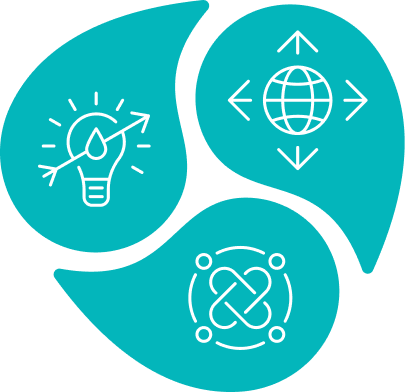Summary
On January 12th, 2010 a 7.0 magnitude earthquake hit in Port-au-Prince, Haiti with severe casaulty and significant physical destructions. The response actions were limited by underlying vulnerabilities prior to the event and by a lack of coordination among decision-makers. This study intended to improve the understanding of policy-makers, water and sanitation practitioners and researchers on actions that have been taken and their outcomes in water and sanitation sector in Port-au-Prince.
Background
Haiti is located in the Caribbean. It occupies the western part of the island of Hispaniola which it shares with Dominican Republic and its capital city is Port-au-Prince. The Water and Sanitation sector was already weakened by some underlying vulnerabilities that existed in country prior to the earthquake; inexistence of a proper sewage and solid waste treatment system, weak water resources governance and so on. On January 12th, 2010 a 7.0 magnitude earthquake hit a point 15 km southwest of Port-au-Prince, Haiti. It led to more than 230 000 deaths and significant physical destructions. As a result, the earthquake was followed by one of the most important cholera outbreak in modern history. Underlying vulnerabilities that existed in the country before the event such as poor governance, corruption, poor sanitary infrastructure, lack of technical capacities and the constant threat of tropical storms provided the baseline for the earthquake to aggravate the situation of water and sanitation in the country.
Haiti, unaffected by earthquakes in almost 200 years, did not have any guidance governing what to do in such circumstance. To address the issues of water and sanitation, government agencies, multi-lateral institutions and Non-governmental Organizations initiated several actions in Port-au-Prince. However, because of the absence of proper coordination among these institutions, limited inclusion of local people and poor infrastructure the actions resulted in a low focus on environmental issues, low level of information sharing and community engagement.
Actions taken
Providing water and sanitation services was perceived as priority response to the cataclysm by many NGOs who immediately worked with the Water and Sanitation National Directorate (DINEPA) to re-establish water distribution. Many engineering companies have been engaged to repair the water supply network.
To provide water to the earthquake survivors, DINEPA conjointly with some NGOs conducted raw water analysis and monitoring for main chemicals, followed by chlorination. Then, water was delivered to affected communities through water trucks (Humanitarian Practice network, 2010). A considerable amount of bladder tanks were installed in the camps throughout Port-au-Price. However, many of the camp occupiers were anxious about drinking the tankered water. Having second thought about its quality, they therefore favored water in small plastic bags. This practice significantly increased the quantity of waste produced in the camps. To deal with sanitation issues, several approaches have been observed encompassing the use of pit latrines, raised latrines over plastic containers, and composting toilets.
To tackle the challenges of cholera 9 months after the quake, activities to build capacities within DINEPA were carried out by several international institutions. The national government conjointly with Dominican Republic designed a 2013-2022 plan to eradicate cholera from the island. The plan consists of carrying extensive awareness and educational activities to encourage people to adopt safe hygiene practices, renovating or constructing water and sanitation facilities in public places like markets and schools.
Outcomes
The coordinated and cojoined efforts of various government agencies, multi-lateral institutions and Non-governmental Organizations to eradicate cholera in the Country have succeeded to some extent. As 2013, 300 000 families have received safe water, food, and improved sanitation services. The disposal of excreta from the camp sites by certain NGOs in unsound environmental manner
- Human waste was disposed in open holes in place of stabilization ponds
- Led to the formation of breeding sites for vector diseases.
The approaches of Red Cross international were successful to some extent. As they integrated local values in their actions, a larger degree of community involvement has been achieved. Disaster risk management in Haiti before the 2010 earthquake did not aim attention at preparedness, mitigation and adaptation strategies through integrated approaches. The focus was on emergency response to hurricanes and floods on an event-by-event basis, which led to severe consequences in term of economic, environmental and social terms.
Lessons Learned
Responding approaches to disasters of such magnitude should integrate local context and capacities in decision-making process. Local people, even if severely devastated, can still retain some capacities.
Waiting to have complete information to take actions may not be useful if it comes too late. It may be better to take initiatives when fairly reliable information is available because this practice is definitely time consuming.
Following such a disaster, the planning approaches should aim attention at building on local resilience at earliest stage of response actions. The actions should focus on empowering locals themselves, to be able to systematically evaluate and solve their own problems.
Thematic Tagging
Private Sector
,
Urban
,
Water services
,
Gender

 Case study
Case study